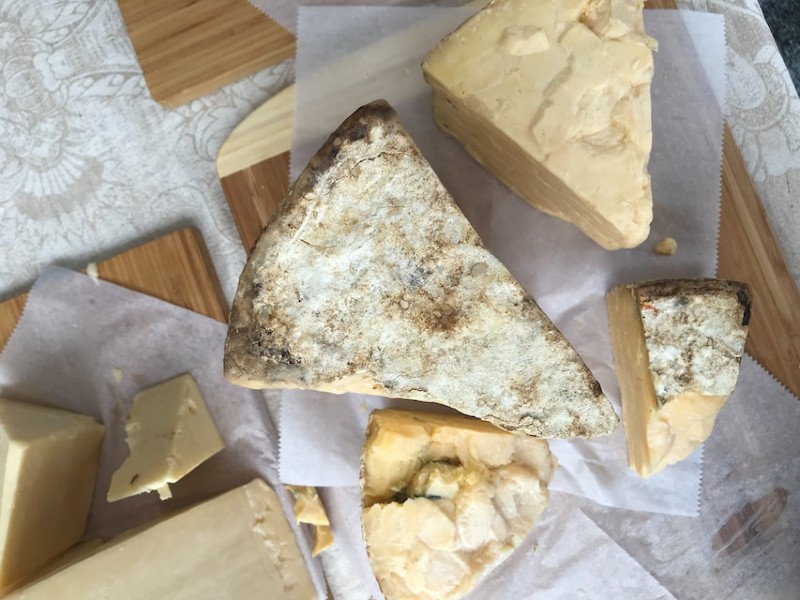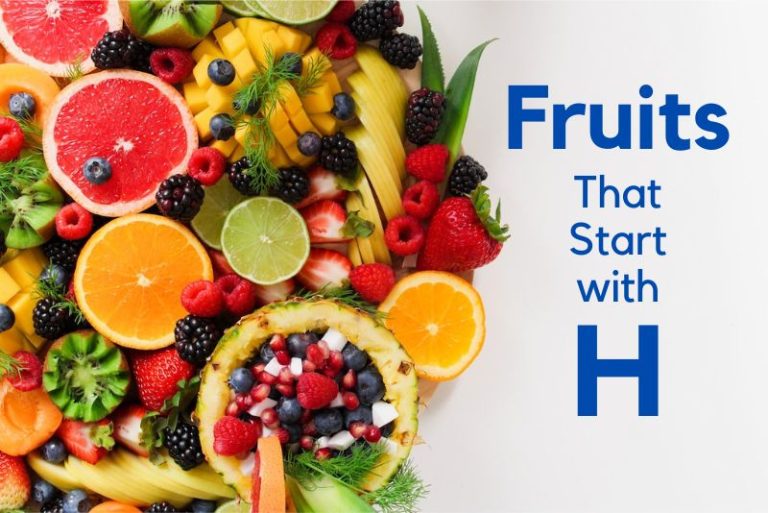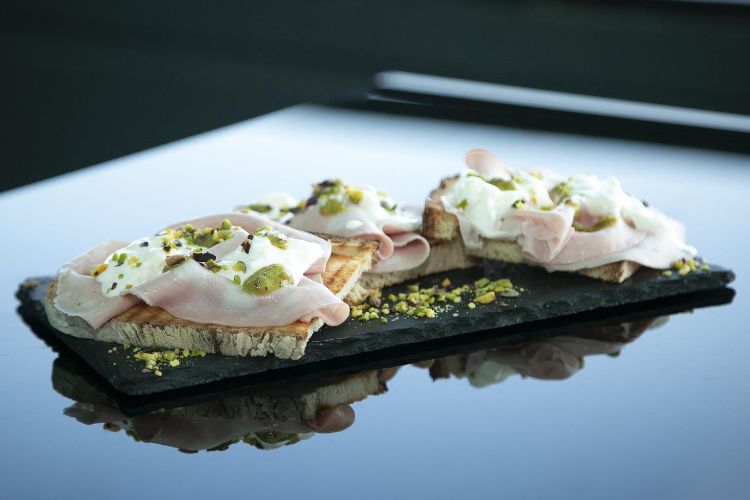What Does Brie Cheese Taste Like?
Quick Answer
The flavor of Brie cheese can vary depending on its age, but it’s generally described as creamy, buttery, and mild, with subtle nutty or mushroom-like undertones. Young Brie tends to be on the milder side and has a somewhat chalky texture in the center. As it ages, it becomes more creamy, runny, and its flavor intensifies. The rind is edible and adds an earthy flavor, though some people prefer to remove it due to its stronger taste and slightly gritty texture.
What is Brie Cheese?
Brie is a soft, creamy, and decadent cheese that hails from the Île-de-France region in France, specifically from the departments of Seine-et-Marne, which is also known as Brie country. Known as the “Queen of Cheeses,” Brie has garnered a global reputation for its luxurious texture and nuanced flavor profile.
Basic Characteristics
- Type of Milk: Brie is traditionally made from cow’s milk. The milk contributes to its rich, buttery flavor and creamy texture.
- Rind: One of the distinguishing features of Brie is its soft, edible rind. This white, bloomy rind is created by spraying the cheese with specific strains of mold (usually Penicillium candidum or Penicillium camemberti), which aids in the aging process and imparts additional flavors.
- Flavor Profile: Young Brie tends to have a mild, almost sweet flavor with hints of fresh milk. As it ages, the cheese takes on more complex, earthy, and sometimes nutty or tangy notes.
What Does Brie Cheese Taste Like?
Young Brie
Mild Flavor
If you’re new to the world of Brie, starting with a young wheel might be your best introduction. The flavor of a young Brie is mild, allowing you to appreciate its simple, buttery essence.
You may detect subtle hints of fresh milk and perhaps a touch of sweetness or grassiness, reflecting its pastoral origins.
Chalky Texture
The texture of a young Brie can be surprisingly different from its aged counterpart. It usually has a firmer consistency, particularly at the core. Some people describe the center as chalky or crumbly, providing a unique textural contrast to the creamy exterior layer close to the rind.
Aged Brie
Intense Flavor
For those who love a more complex cheese experience, an aged Brie is the way to go. The aging process concentrates its flavors, intensifying them to yield a richer, deeper profile.
In an aged Brie, you’ll likely encounter nutty or earthy undertones, and sometimes even a slightly pungent or tangy finish. These intensified flavors make aged Brie a hit among seasoned cheese aficionados.
Creamy, Runny Texture
An aged Brie is unapologetically creamy and can even be runny at room temperature. The entire wheel, from edge to center, achieves a luxurious, velvety consistency that is utterly irresistible.
This decadent texture makes aged Brie especially delightful when spread over a warm baguette or melted into a gourmet grilled cheese.
The Rind
Edibility and Taste of The Rind
A frequent question among Brie novices is whether the rind is edible. The answer is a resounding yes! The white, bloomy rind of Brie is not only safe to eat but also adds a layer of complexity to the cheese’s overall flavor.
The rind is developed during the aging process and carries an earthy, slightly mushroom-like taste. Some people also describe it as having a hint of tanginess, which can be delightfully surprising.
How The Rind Complements or Contrasts The Inner Cheese
The rind serves as a wonderful counterpoint to the creamy, buttery interior of the cheese. While the inner part of Brie is often smooth and mild, the rind brings a rustic, earthy quality to the experience.
Together, they create a balanced profile where neither the creaminess nor the earthiness overwhelms the other. In aged Brie, this complementarity can become even more pronounced, as the inner cheese develops stronger, deeper flavors that stand up well to the robustness of the rind.
FAQs
Does Brie Cheese Stink?
Brie cheese is generally not considered a “stinky” cheese, especially when compared to more pungent varieties like Limburger, Roquefort, or Gorgonzola. It has a relatively mild aroma that most people find pleasant or at least unobtrusive. The scent is often buttery, milky, and may have slight earthy undertones due to the edible rind.
However, like any cheese, Brie can develop a stronger, less pleasant odor if it has been stored improperly or for an extended period. Aged Brie will also have a more concentrated scent, which some people might find intense, but it’s usually not considered foul-smelling.
Can You Eat The Rind On Brie?
Absolutely, the rind on Brie cheese is not only edible but also contributes to its overall flavor profile. The white, bloomy rind is a result of the cheese being sprayed with specific molds during the aging process. This rind brings an earthy, slightly tangy contrast to the creamy, buttery interior.
Does Brie Cheese Taste Like Fish?
Brie cheese should not taste like fish. Its primary flavors are creamy, buttery, and sometimes nutty or earthy, depending on its age. If your Brie has a fishy taste, it could be a sign that the cheese has spoiled or that there was cross-contamination with seafood. Always be sure to store your cheese properly and check for spoilage to ensure you’re getting the authentic Brie experience.
Is Brie A Sweet Cheese?
Brie is not inherently a sweet cheese, though its creamy richness can sometimes give it a slightly sweet impression. Its primary flavors lean toward the savory, with notes ranging from buttery and milky to nutty and earthy, depending on its age. That said, Brie pairs excellently with sweet elements like fruits and honey, which can give it a sweet-and-savory complexity when enjoyed together.
What is The Difference Between Brie and Camembert?
While Brie and Camembert may appear similar, there are distinct differences between them. Both are soft, creamy cheeses with white, edible rinds, but they come from different regions of France and can have variations in flavor, size, and aging process. Brie is often milder and creamier, while Camembert can be more intense and earthy. Brie wheels are usually larger and can be cut into wedges, whereas Camembert is typically sold in smaller, whole wheels.
What Meat Tastes Best With Brie?
Brie’s creamy, mild nature makes it a versatile partner for various meats. Charcuterie classics like prosciutto, salami, and even smoked turkey pair well with Brie, as do roasted meats like chicken and pork. The buttery texture of Brie complements the richness of the meat, while its delicate flavors don’t overpower the pairing, creating a balanced, indulgent experience.
What Tastes Best With Brie Cheese?
Brie pairs beautifully with a wide array of foods and beverages. For a simple yet elegant pairing, try it with a baguette and some fruit preserves. It’s also wonderful with nuts like almonds or walnuts and fresh fruits like apples and grapes. On the beverage front, Brie goes well with light white wines such as Chardonnay or Sauvignon Blanc, as well as lighter reds like Pinot Noir. For those who prefer non-alcoholic options, apple cider or even some herbal teas can complement Brie’s flavors nicely.




